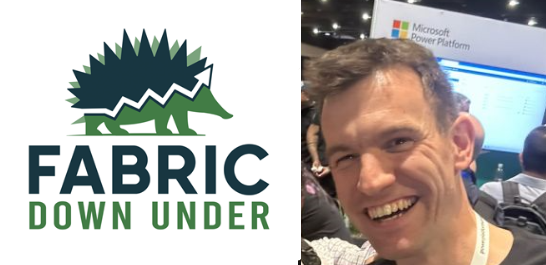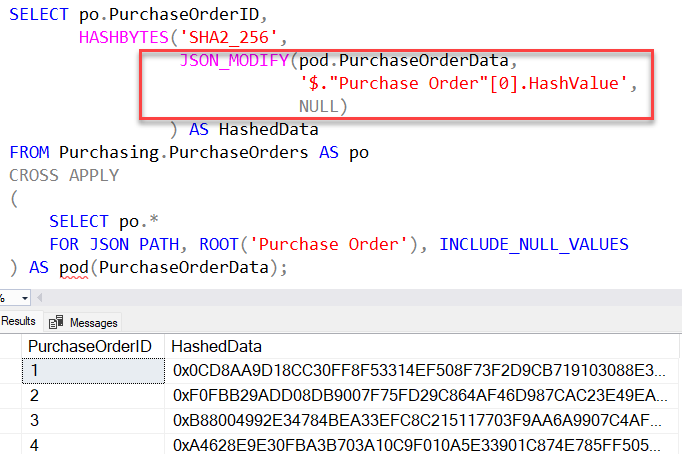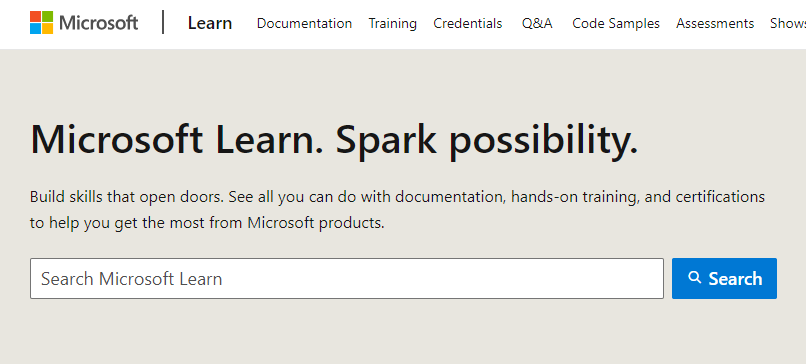
Fabric Down Under show 6 with guest Paul Turley now available!
Once again, I had the great pleasure to record a Fabric Down Under podcast with a fellow long-term Microsoft Data Platform MVP. This time it was someone I have known for a long time: Paul Turley.
Paul is a director at 3Cloud and a Microsoft MVP. Paul has an amazing level of experience with business intelligence projects and has also worked with Microsoft Fabric since it was just a twinkle in Microsoft’s eye.
2024-01-15



